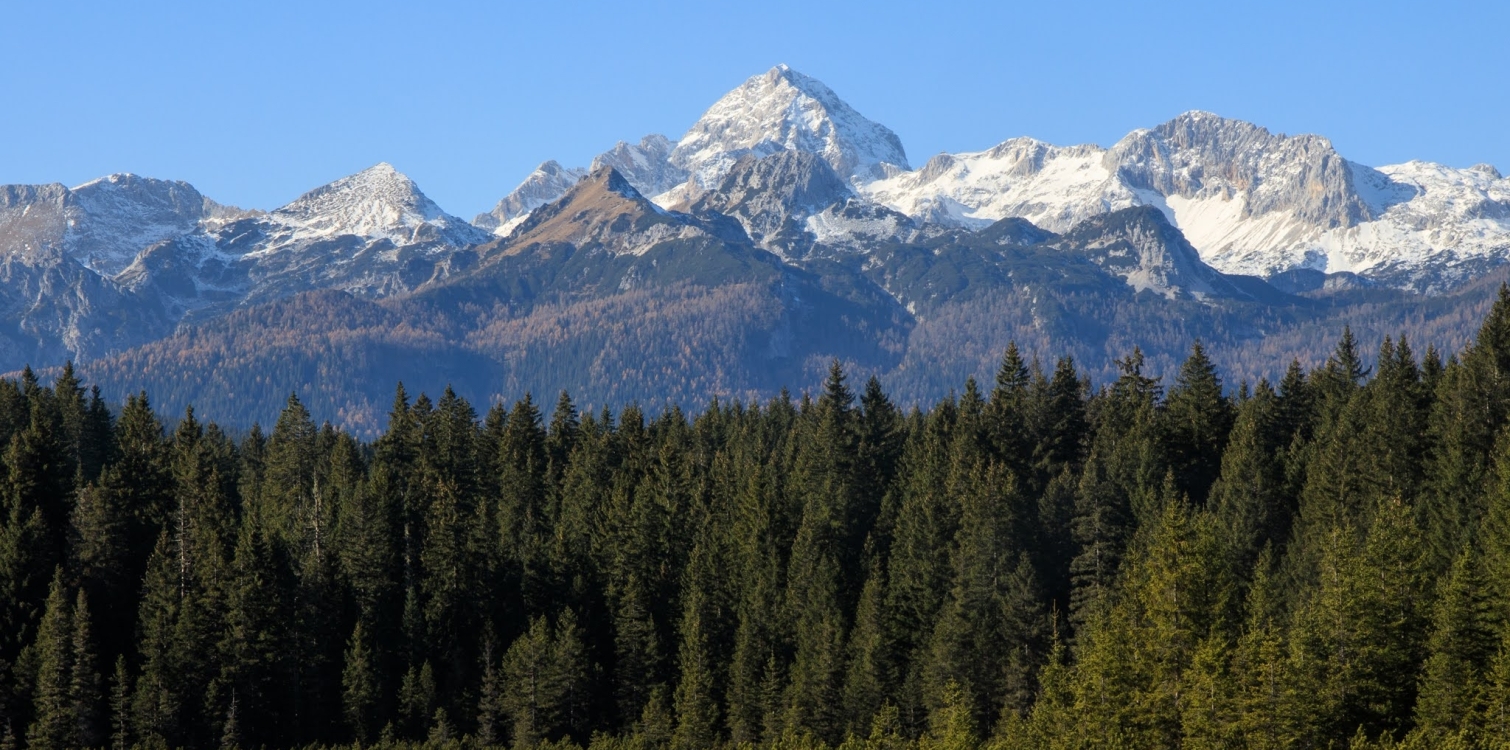The history of its establishment has been splendidly documented by Stane Peterlin in the 17th number of this magazine, so we will focus only on the circumstances of the first protection.
The second half of the 19th century was marked by an increased interest in nature: the Enlightenment, Romanticism, the flowering of mountaineering, beautification, and tourist societies were just a few signs of this period.
A logical consequence was the emergence of environmental awareness. The area of Slovenia was no exception; due to its transitional location and the Idrija mine, which became a cradle of natural sciences because of its significant economic role, it was relatively well researched.
Thanks to naturalists and mountain visitors, the Valley of the Triglav Lakes became recognized as a prestigious natural gem. When this awareness of excellence was joined by the understanding of the duty to pass on the beauty of unspoiled nature to future generations, it was only a matter of time before the idea of protection matured
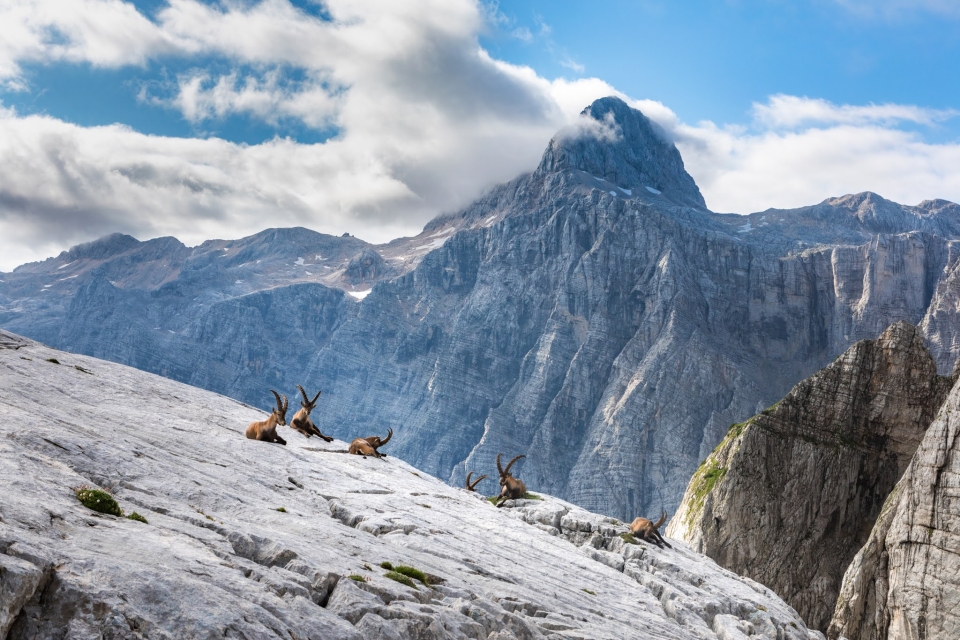
At the initiative of Czech and state representative Gustav Nowak in 1901, a law was proposed for the protection and preservation of natural monuments. With his persistence in the following years, the Ministry of Education and Religion issued a decree in 1903 to gather data on natural monuments in the Austrian Empire.
The Gorenjska District Administration sought assistance from seismologist Albin Belar (1864–1939) in preparing a response to the circular. Belar expanded his response into a catalog of natural monuments in Carniola. The published summary (1907) of the catalog included the first justification for the protection of the Valley of the Triglav Lakes: "The area is geotechnically extremely significant (magnificent folds, fractures, karst formations, and sinkholes that are unparalleled elsewhere in the Austrian Alps), not to mention its geological and paleontological importance. The area of the Seven Lakes is very little researched geologically and paleontologically. However, it is well known to landscape painters, as the majestic motifs present themselves at every turn (rotting trees, clearings, lush flowers). The most suitable protected area would be the surroundings of the Double Lake near the Alpenverein hut, the Hut at the Triglav Lakes (formerly the hut of Archduke Ferdinand). There, it would be easy to protect several hundred hectares of land, as the area is infertile and owned by the imperial-royal religious fund. It should definitely be recommended that a protected area be established near the Seven Lakes, where any intervention would be excluded, to preserve the last remnants of this exceptional alpine primeval forest, the habitat of ancient larches, for future generations.
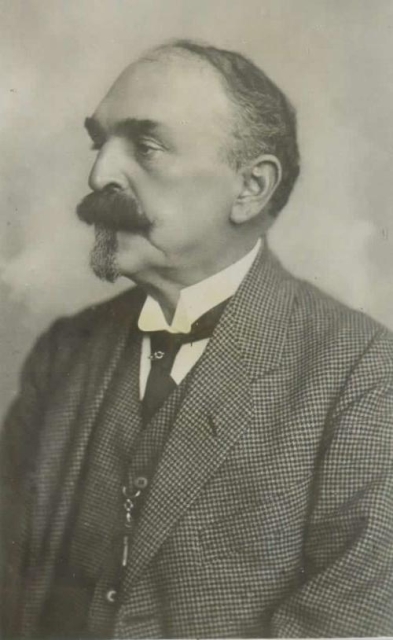
Albin Belar
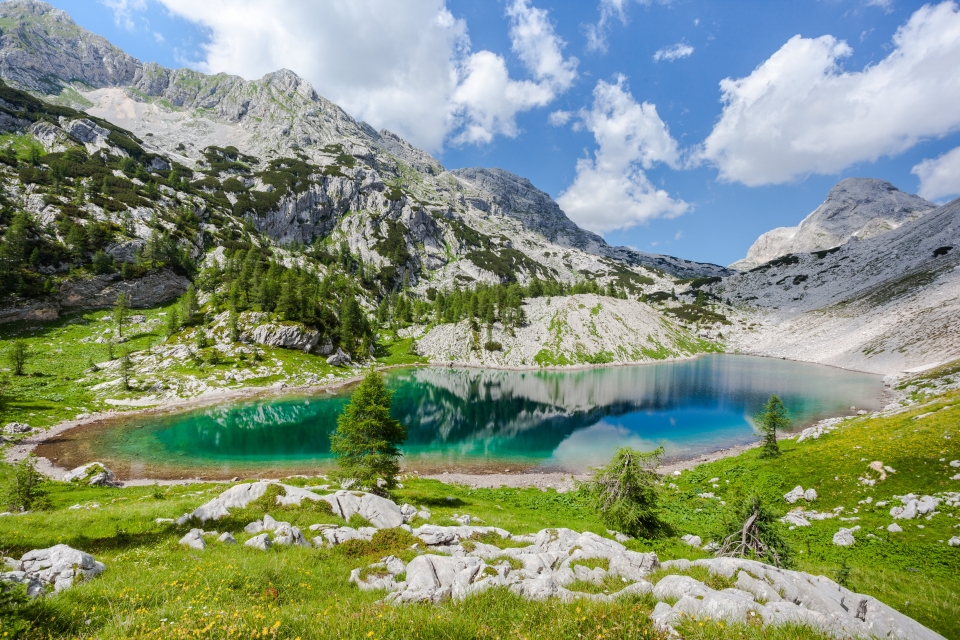
Already the following year, in 1908, A. Belar encouraged the state forestry administration in Radovljica to initiate a discussion on the conditions under which a "nature conservation park above Komarča" could be established. The German-Austrian Mountaineering Society in Ljubljana also participated. Thus, 1908 was a pivotal year in the history of the establishment of a protected area in the Valley of the Triglav Lakes. Further coordination was interrupted by the outbreak of World War I.
After the war, members of the Museum Society for Slovenia accepted Ferdinand Seidl’s initiative at a general assembly in 1919 to form a special group to prepare a nature conservation program for the new state. This led to the establishment of the Nature Conservation Section, which submitted a Memorandum to the provincial government of Slovenia in 1920, defining and justifying key demands for nature protection in Slovenia for the first time. Among these demands was a proposal for the establishment of protected areas, including the "valley of the Seven Lakes under Triglav." Belar's proposal was also mentioned in the justification.
Because there was neither appropriate legislation nor an authorized body for nature conservation in the new state, the possibilities for implementing the demands of the Memorandum were very limited.
For the protection of the area, there was actually only one option available: an agreement between the landowner and the society that wanted to establish a conservation regime in that area. After a series of formal procedures, a lease agreement was finally signed on July 1, 1924, for a period of 20 years with the Directorate for Forest Protection, which managed the land of the Kranjska Religious Fund, the Museum Society, the Nature Conservation Section, and the Slovenian Mountaineering Society.
The agreement established a management regime for the Valley of the Triglav Lakes: all activities were prohibited except for hunting and tourist visits. This effectively ended grazing on the Lopučnica and Kal mountain pastures, despite local opposition that had persisted since the first initiative in 1908. This fact was never accepted, which has been reflected in various forms during all subsequent discussions about the expansion of the Triglav National Park, as well as today in the implementation of the law and discussions regarding the management plan.
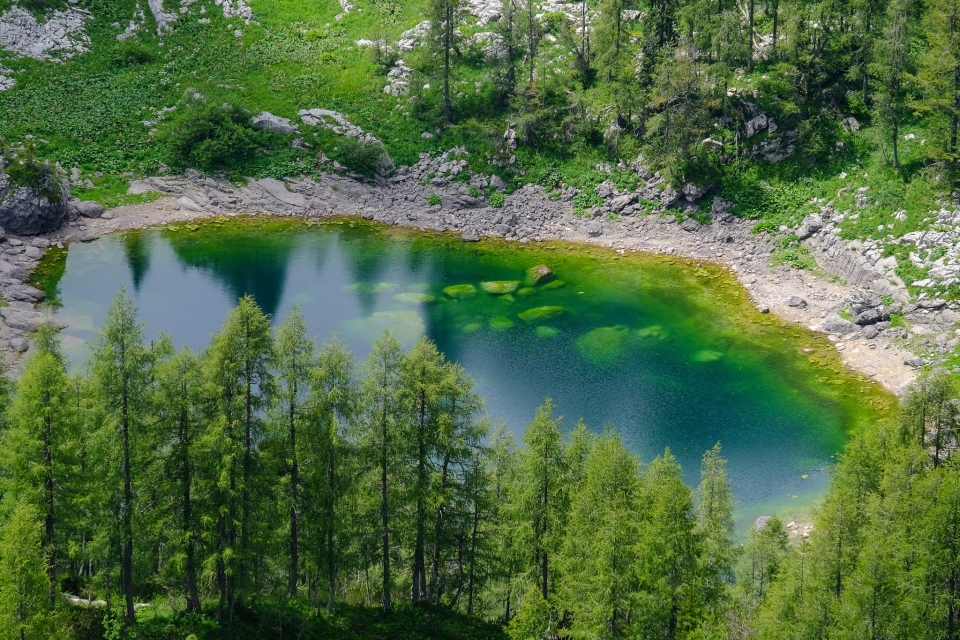
Author of the text: dr. Peter Skoberne
Thank you.

